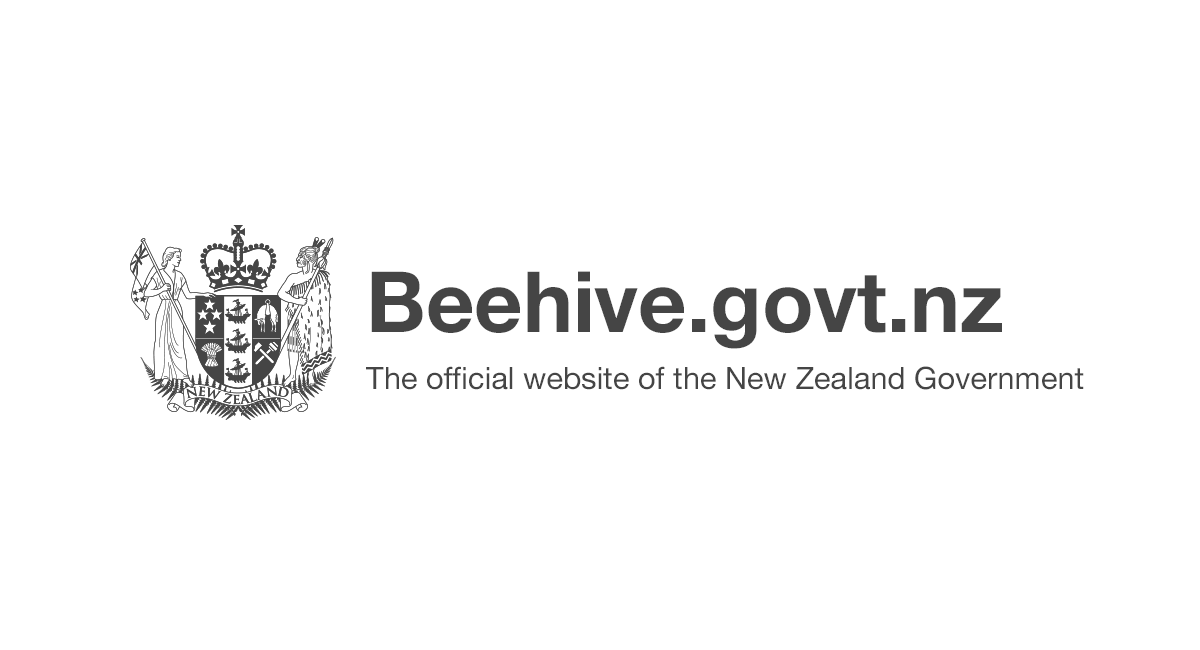
Catch limits for several fisheries will be increased following a review that shows stocks of those species are healthy and abundant.
The changes are being made as part of Fisheries New Zealand’s biannual sustainability review, which considers catch limits and management settings across New Zealand’s fisheries.
“Scientific evidence and information about our snapper stocks tells us these fisheries are thriving and abundant,” Oceans and Fisheries Minister Shane Jones says.
“More of the fish can be sustainably harvested, which is why recreational allowances and commercial catch limits for some snapper stocks will be increased.
“Making the most of these abundant fisheries benefits those who make a living from our fisheries, and the economy,” Mr Jones says.
Other changes include increases in the recreational and commercial take in the Kaikōura pāua fishery, but also an increase in the minimum size.
“The pāua in this fishery continues to become healthier, following its devastation in the Kaikōura earthquakes.
“To make sure this fishery continues to do well by protecting more spawning pāua, I have increased the minimum size for pāua there from 125mm to 130mm.”
While some fisheries are doing well, others require reduced catch limits.
“A recent assessment of the Challenger Plateau orange roughy stock (ORH 7A) has suggested current harvest is no longer sustainable so the commercial catch limit has been cut.
“Commercial catch limits and allowances for the Southland blue cod stock (BCO 5) have also been reduced. Blue cod is a popular fish for New Zealanders, and these reductions will help ensure this fishery is sustainable and can be enjoyed in future,” Mr Jones says.
Decisions are based on the best available scientific information about the stocks, as well as input from iwi and public feedback.
“I’d like to acknowledge everyone who provided feedback on the proposals. Submissions from tangata whenua, recreational and commercial fishers, environmental groups, and the public play an important part in the advice I receive and the decisions made,” Mr Jones says.
More information can be found on Fisheries New Zealand’s website at:https://www.mpi.govt.nz/consultations/review-of-sustainability-measures-for-fisheries-october-2024-round/
Summary of the stocks with catch limit increases:
- Snapper (SNA 2, 7 & 8) – west coast North and South Island, top of the South Island, and East Cape to south coast of Wellington
- Pāua (PAU 3A) – Kaikōura
- Kina (SUR 3) – east coast South Island
- Kingfish (KIN 3) – east coast South Island, Southland, and Sub-Antarctic
- Leatherjacket (LEA 3) – east coast South Island, Southland, and Sub-Antarctic
- Rig (SPO 2) – East Cape to south coast of Wellington
- Elephantfish (ELE 7) – West Coast and top of the South Island
- Jack mackerel (JMA 7) – west coasts North and South Islands
- Kingfish (KIN 7 & 8) – west coasts North and South Islands
- Pilchard (PIL 8) – west coast North Island
Summary of the stocks with catch limit decreases:
- Orange roughy (ORH 7A) – Challenger Plateau
- Blue cod (BCO 5) – Southland
- John dory (JDO 2) – East Cape to Taranaki
- Flatfish (FLA 7) – West Coast and top of the South Island
- Pilchard (PIL 7) – West Coast and top of the South Island
Stocks with adjustments to deemed value rates:
- Silver warehou (SWA 3 & 4) – east coast South Island, Chatham Islands, Southland, and Sub-Antarctic
- Snapper (SNA 8) – west coast North Island